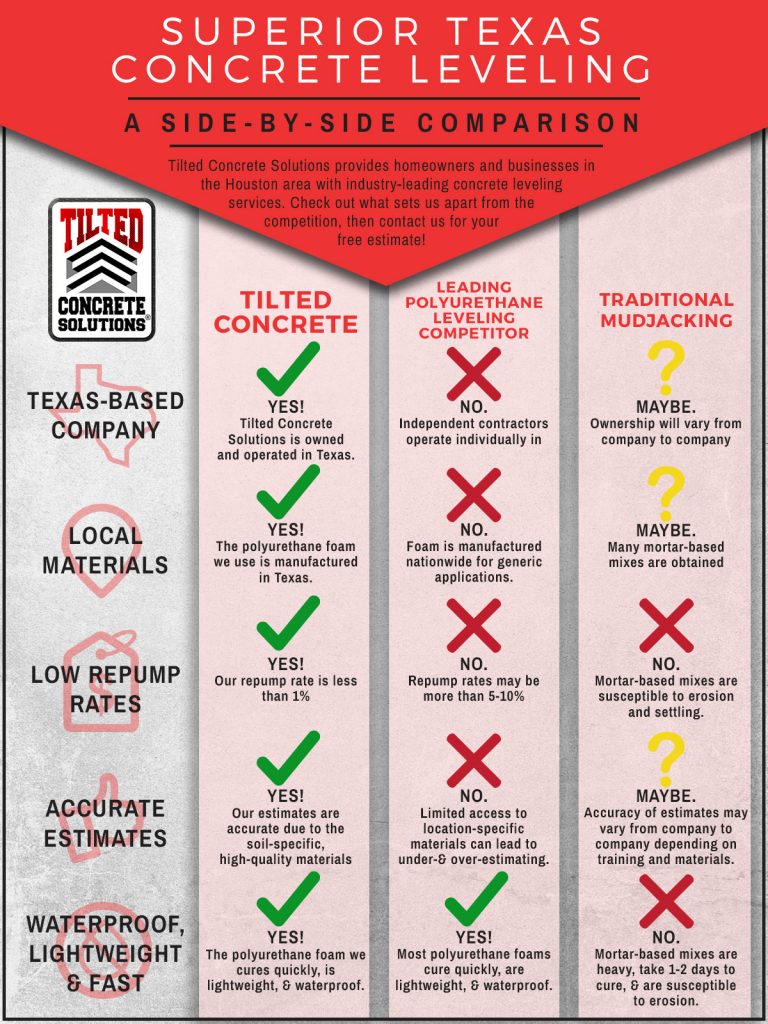Prepare Your Wall Surfaces Effectively For A Perfect Paint End Up
Prepare Your Wall Surfaces Effectively For A Perfect Paint End Up
Blog Article
Article Produced By-Moses Andreasen
Achieving a remarkable paint work starts with careful wall preparation. From filling in blemishes to priming surfaces, each action plays an essential function in the last outcome. However what regarding those difficult edges and edges that can make or break the overall look? Stay tuned to discover mouse click the up coming website on how to navigate these tough locations with finesse, guaranteeing a smooth surface that will certainly boost your area to new heights of sophistication.
Wall Maintenance
Evaluating walls for any kind of flaws and immediately addressing them with necessary repair work is important for attaining a smooth and perfect paint job. Before starting the painting procedure, carefully examine the walls for splits, openings, dents, or any other damages that could affect the final result.
Start by filling out any kind of splits or openings with spackling compound, enabling it to completely dry entirely prior to sanding it down to develop a smooth surface. For bigger damages or harmed locations, take into consideration using joint substance to ensure a seamless fixing.
In addition, look for any type of loose paint or wallpaper that may need to be removed. Scrape off any peeling paint or old wallpaper, and sand the surface to produce an uniform structure.
It's likewise important to inspect for water damages, as this can bring about mold and mildew growth and impact the attachment of the brand-new paint. Resolve any type of water spots or mildew with the appropriate cleansing solutions before waging the painting procedure.
Cleaning and Surface Area Preparation
To make certain an immaculate and well-prepared surface for paint, the next step involves thoroughly cleaning up and prepping the wall surfaces. Begin by dusting house painters near me with a microfiber fabric or a duster to remove any kind of loosened dirt, cobwebs, or particles.
For more stubborn dirt or crud, a solution of mild detergent and water can be utilized to delicately scrub the wall surfaces, followed by a thorough rinse with tidy water. Pay special interest to areas near light switches, door handles, and walls, as these tend to collect even more dirt.
After cleansing, it is important to check the walls for any cracks, openings, or blemishes. These should be filled with spackling compound and sanded smooth when completely dry. Fining sand the walls gently with fine-grit sandpaper will certainly also assist develop an uniform surface area for paint.
Priming and Insulation
Prior to painting, the walls ought to be topped to make certain correct attachment of the paint and taped to secure adjacent surfaces from roaming brushstrokes. Priming serves as a critical action in the painting procedure, particularly for new drywall or surface areas that have been patched or fixed. It helps secure the wall surface, developing a smooth and uniform surface for the paint to stick to. In addition, primer can enhance the durability and protection of the paint, ultimately resulting in a much more specialist and resilient finish.
When it pertains to taping, using painter's tape along trim, ceilings, and various other surfaces you want to shield is vital to attain clean and crisp paint lines. Painter's tape is made to be conveniently used and gotten rid of without harming the underlying surface area or leaving any kind of residue. Make the effort to properly tape off areas before repainting to save yourself the problem of touch-ups later on.
Conclusion
To conclude, appropriately preparing your wall surfaces before paint is vital for accomplishing a remarkable finish. By evaluating for imperfections, cleaning up thoroughly, priming the surface area, and making use of painter's tape for clean lines, you can make sure a professional-looking paint task.
Taking the time to finish these steps will result in a smooth and lasting coating that improves the overall look of your space.
